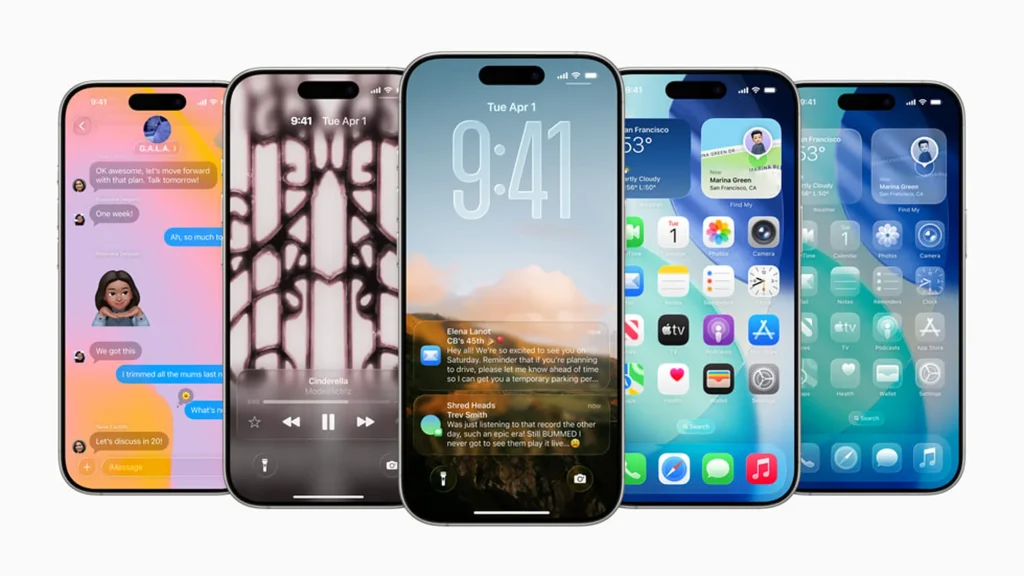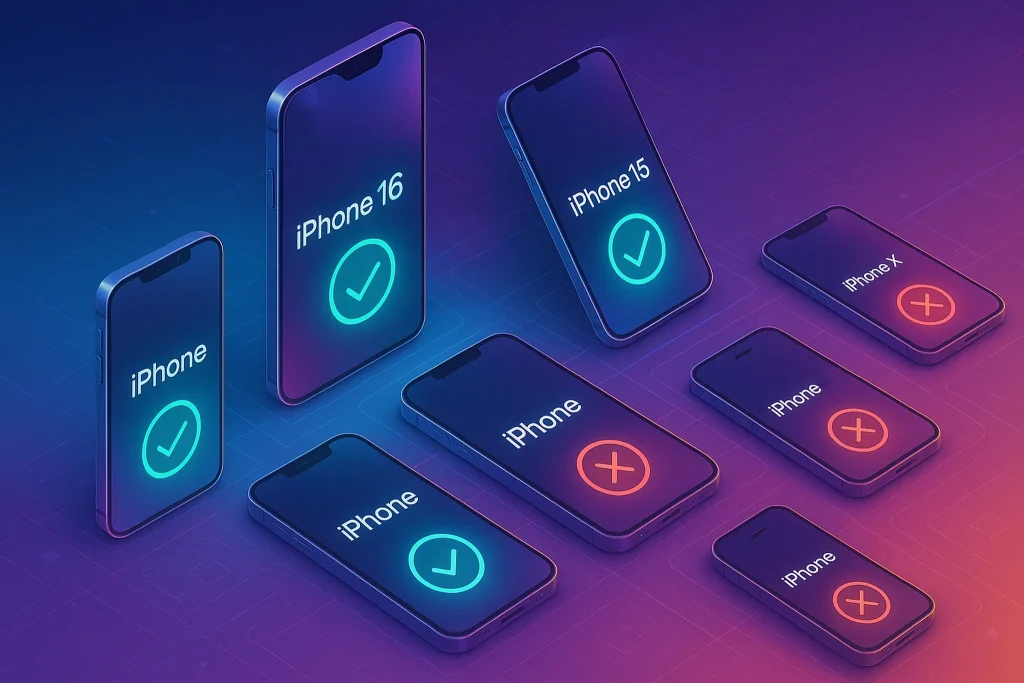Introduction: Why Pixel 10 Matters
The Made by Google 2025 event was more than just a phone launch. It was a statement about where Google sees the future of mobile and AI converging. At the center was the Pixel 10, a device built to leverage AI in every corner—from camera magic to productivity. Alongside it, Google showcased ecosystem updates and hinted at a new era where AI is no longer an app, but the operating system’s backbone.
This year’s event carried more weight than usual. With Apple and Samsung pushing their own AI-powered devices, Google needed to prove its edge. And it did, with a blend of Gemini AI upgrades, computational photography breakthroughs, and features designed for the digital-first lifestyle.
💡 The Pixel 10 isn’t just a phone—it’s Google’s blueprint for the AI-powered decade.
Pixel 10: AI at the Core
Google’s new flagship phone, the Pixel 10, doubles down on AI. Gemini integration is now native, running tasks directly on-device thanks to an upgraded Tensor G4 chip. From real-time transcription to AI photo editing that removes or adds entire objects, the Pixel 10 redefines what a smartphone assistant can do.
The camera, long Pixel’s crown jewel, received computational upgrades that outpace many DSLRs. Features like Adaptive Low-Light Portraits and Live Cinematic Capture blur the line between photography and film.
Battery life was also optimized with AI-powered usage prediction, learning your patterns and allocating resources accordingly. This isn’t just a spec bump—it’s Google using AI to make hardware feel smarter, not just faster.
👉 Want the bigger context? Our update on Google’s Gemini AI Just Leveled Up explains how this AI leap is shaping the Pixel ecosystem.
Beyond the Phone: Ecosystem Expansions
The Pixel 10 wasn’t the only star. Google revealed updates to the Pixel Watch 3 and new Pixel Buds Pro+, all designed to sync more intelligently with Gemini. The focus was clear: a seamless ecosystem where AI follows you across devices.
Pixel Watch now offers deeper health integration, rivaling wearables like the Samsung Galaxy S25 Ultra. Meanwhile, Pixel Buds leverage AI noise cancellation that adapts in real time to your surroundings—whether you’re on a crowded subway or in a quiet café.
Google also expanded AI-powered search features, tying directly into its earlier Google Web Guide update, showing how device and service innovation feed into each other.
AI-Powered Everyday Tools
Perhaps the most significant shift is how Pixel 10 democratizes app development. With Google Opal now integrated, users can literally describe the app they need, and the phone builds a no-code version on the fly. Imagine saying: “Make me a workout tracker that logs push-ups and syncs with my Pixel Watch.” Minutes later, you have a functioning app.
This is where the Pixel strategy shines—not just competing with iPhone or Galaxy, but changing what users expect their devices to do for them.
👉 Learn more about how Opal works in our post: Google Opal: Build Apps Without Coding Using Just Your Words.
Want More Tech News First?
Join our free newsletter and get weekly insights on AI, mobile launches, and the future of Google, Apple, and Samsung devices.
No spam. Just value-packed updates.
100% privacy. No noise. Just smart content from NerdChips.
Pricing & Availability
Google confirmed that the Pixel 10 will begin shipping in October 2025, with pre-orders already live in major markets. Pricing starts at $899 for the base 128GB model and scales up depending on storage tiers. A Pro model with 1TB storage and enhanced cooling will retail above $1,199, aiming squarely at creators and professionals.
Availability will be global but staggered. North America and Europe will get the first wave, followed by Asia-Pacific markets by the end of the year. Interestingly, Google emphasized expanded support in emerging markets, including regional pricing adjustments, which signals a push to compete with Apple and Samsung in territories where affordability is key.
💡 Nerd Tip: Early buyers often get bonuses like free Pixel Buds or extra Google One storage. Keep an eye on launch bundles if you’re considering pre-ordering.
Who Should Buy the Pixel 10?
The Pixel 10 isn’t designed for everyone—it’s aimed at audiences who can truly take advantage of its AI-first features.
-
Content creators & mobile photographers: With cinematic capture tools and adaptive low-light modes, it’s a portable studio in your pocket.
-
Students & professionals: The integration of Gemini and Google Opal for instant app creation makes it a productivity powerhouse. Imagine building a budgeting app for your startup in minutes—without coding.
-
Travelers & digital nomads: Features like real-time translation, offline transcription, and smarter battery usage make it ideal for users on the go.
On the other hand, if your primary use case is casual social media, messaging, and occasional photography, last year’s Pixel 9—or even the mid-range Pixel 9a—still offer excellent value without breaking the bank.
👉 Curious whether you should stick with older flagships? Our breakdown of Is the iPhone 14 Pro Still Worth It in 2025? covers this very dilemma.
Market Impact: Google vs. Apple & Samsung
Every Pixel launch inevitably invites comparisons with Apple and Samsung. With the Pixel 10, Google has made its boldest play yet to redefine the smartphone race around AI-first innovation instead of raw hardware specs.
-
Apple: Known for polished ecosystems, Apple’s AI strategy is still evolving. While Siri and “Apple Intelligence” are improving, they remain less flexible compared to Gemini’s real-time generation and no-code capabilities.
-
Samsung: The Galaxy S25 Ultra still dominates in raw hardware with a 200MP sensor and powerhouse specs, but its Gauss AI platform feels more fragmented compared to Google’s deeply integrated Gemini.
If Google succeeds in making AI feel seamless and indispensable, it could shift the competitive narrative from who has the best camera to who has the smartest personal assistant. That’s a market-defining change.
Future Outlook: Where Pixel Is Heading
The Pixel 10 feels like a pivot point in Google’s strategy. For years, Pixel was seen as a “niche” device, beloved by enthusiasts but overshadowed by iPhone and Galaxy. With this release, Google signals a roadmap where AI is the platform, not just a feature.
Looking ahead, expect:
-
Gemini Everywhere: Future Pixels will likely expand Gemini integration into AR glasses and other form factors.
-
AI Hardware Optimization: The Tensor line could evolve into chips designed not for general processing, but for specialized AI inference at scale.
-
Expanded Opal Capabilities: Imagine entire micro-app ecosystems built by users, turning every Pixel into a personal software lab.
-
Cloud + Device Hybrid: With Google’s infrastructure, Pixel phones will blur the line between what’s processed locally and what’s enhanced by the cloud.
🚀 If Pixel 10 is the “AI phone” of today, Pixel 12 might just be the hub of your personal AI ecosystem tomorrow.
🎨 Pixel 10 vs Rivals
| Feature | Pixel 10 | Galaxy S25 Ultra | iPhone 14 Pro (2025 check) |
|---|---|---|---|
| AI Integration | Deep Gemini native | Samsung Gauss AI | Siri + Apple Intelligence |
| Camera | Adaptive Cinematic | 200MP sensor | ProRAW + Photonic Engine |
| Battery Optimization | AI usage prediction | Ultra battery saver | Efficiency cores upgrade |
| Ecosystem | Pixel Buds + Watch 3 | Galaxy ecosystem | iOS ecosystem |
🎨 Checklist: What Stands Out in Pixel 10
-
✅ Native on-device Gemini AI for productivity and creativity.
-
✅ Computational photography that feels cinematic.
-
✅ Smarter battery powered by AI predictions.
-
✅ Integration with Opal for instant app creation.
-
✅ Cross-device AI sync across phone, watch, and buds.
📌 Pixel 10 is less about raw specs, more about how AI makes life seamless.
🧠 Nerd Verdict
The Pixel 10 launch confirms one thing: Google isn’t just keeping pace with Apple and Samsung—it’s setting the terms of competition. With Gemini AI woven deeply into the device, a push toward no-code empowerment, and cinematic-level photography, Pixel 10 isn’t just another phone. It’s a vision of where personal tech is headed.
For digital natives and AI-curious users alike, Pixel 10 might just be the device that makes AI feel natural, not experimental.
❓ FAQ: Nerds Ask, We Answer
💬 Would You Bite?
Do you think Google’s AI-first strategy with Pixel 10 is the right move, or do you prefer the more traditional hardware-focused upgrades of Samsung and Apple?


